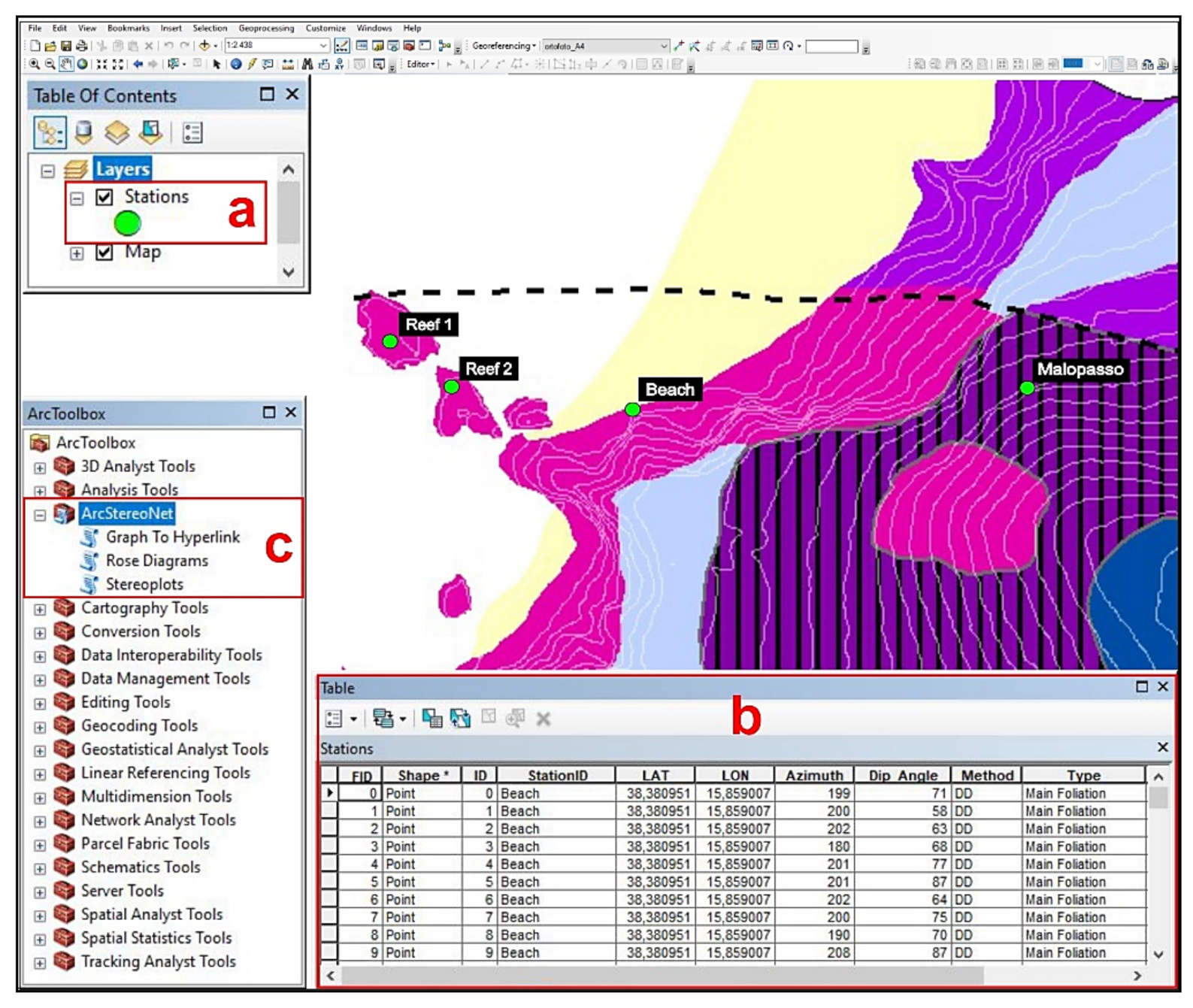
Instead of entering an existing dataset in the Template Extent parameter, supply both the minimum and maximum x- and y-coordinates.The extent of this dataset will be used as the extent of the fishnet. Enter an existing dataset in the Template Extent parameter.You can set the extent of the fishnet using any of the following methods: The order of the parameters in the tool dialog box is different than the order of the parameters in the Python syntax. Parameters that define the output feature class name and type (polygons or lines) and an optional point dataset containing centroids of each cell.The number of rows and columns and height and width of each cell in the fishnet.

The tool has 11 parameters, and you should think of these in four distinct groups:

For example, you may not know the exact number of rows and columns, but you do know that each rectangular cell must be exactly 110 meters by 63 meters and must cover the spatial extent of another feature class. There are a variety of ways to specify this information. Creating a fishnet requires three basic sets of information: the spatial extent of the fishnet, the number of rows and columns, and the angle of rotation. The Create Fishnet tool creates a feature class containing a net of rectangular cells.


 0 kommentar(er)
0 kommentar(er)
